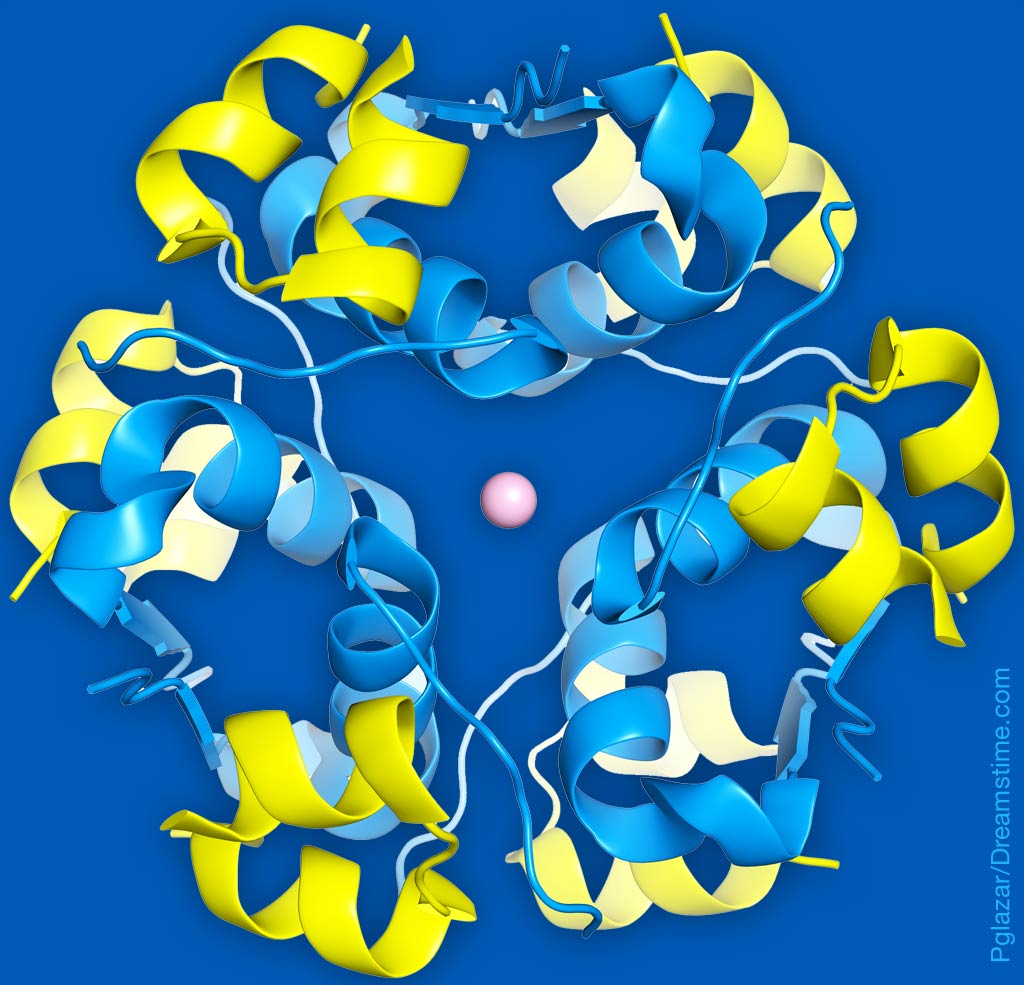Autoimmune Tsunami
Autoimmune diseases (AD) seem to receive less attention from the public despite rapidly increasing (up 21% between 2001 to 2009).

AD is the most common disease category, after cancer and heart disease, affecting 5% to 8% of the U.S. population.
T1D is an autoimmune disease and it represents one of the most significant chronic diseases in children which often results in lower life expectancy. The United States has witnessed the highest growth in new cases annually with more children having diabetes in the US than anywhere else in the world.
This sharp rise in Type 1 Diabetes in young children over the past decades has led to the conclusion that environmental and lifestyle factors probably play a significant role in the development of the disease. Diet and viral infections are the most widely discussed environmental candidates. These factors may enhance underlying genetic disease susceptibility. In part, this increase in the US may also be from better diagnosis since the rate of new adult cases appears to be dropping.
Diabetes, like some other ADs, often co-occurs with other autoimmune conditions including Crohn’s disease, rheumatoid arthritis, and adrenal and thyroid disorders. Research conducted using the Swedish National Diabetes Register (holding health information on all patients with diabetes) revealed that the duration of T1D matters in development of physiological damage and co-morbidities.
Comprising more than 80 different diseases, autoimmune conditions arise when the immune system attacks the body’s organs, tissues, and cells. The most common types are:
Rheumatoid arthritis — A chronic inflammatory disorder affecting many joints, including those in the hands and feet.
Lupus — An inflammatory disease caused when the immune system attacks its own tissues.
Celiac — A disease is an immune reaction to eating gluten, a protein found in wheat, barley, and rye.
Sjögren’s syndrome — An immune system disorder characterized by dry eyes and dry mouth.
Polymyalgia rheumatica — An inflammatory disorder causing muscle pain and stiffness around the shoulders and hips.
Multiple sclerosis — A disease in which the immune system eats away at the protective covering of nerves.
Ankylosing spondylitis — Inflammatory arthritis affecting the spine and large joints.
Type 1 diabetes — A chronic condition in which the pancreas produces little or no insulin.
Alopecia areata — Sudden hair loss that starts with one or more circular bald patches that may overlap.
Vasculitis — An inflammation of the blood vessels that causes changes in the blood vessel walls.
Temporal arteritis — An inflammation of blood vessels, called arteries, in and around the scalp.
AD has been declared by The National Institutes of Health’s (NIH) Office of Research on Women’s Health to be one of the major health issues affecting women and is now one of the 10 leading causes of mortality in women below the age of 65 years.







